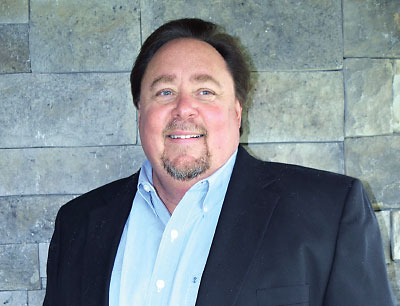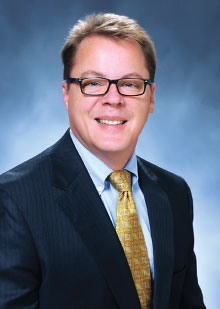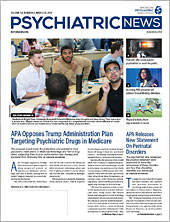Adults living in rural areas are 87 percent more likely to receive an opioid prescription than their urban counterparts, according to a study in the January 18 Morbidity and Mortality Weekly Report of the Centers for Disease Control and Prevention (CDC).
Macarena García, Dr.P.H., senior health scientist at the CDC’s Center for Surveillance, Epidemiology, and Laboratory Services, studied electronic health record prescription data from 31,422 health professionals in primary care. The records, part of Athenahealth, spanned 2014 to 2017. The researchers found that although the overall rates of prescribing had dropped, the percentage of patients with opioid prescriptions remained significantly higher in rural counties, where 9.6 percent of patients had received opioid prescriptions. In contrast, 5.3 percent of patients in large metropolitan counties had received opioid prescriptions. Fourteen of the 15 counties with the highest opioid prescribing rates were rural.
“We expected to find some differences in prescribing, but the reported differences were larger than expected,” said Mark Faul, Ph.D., M.A., a researcher in the study.
Faul, a senior health scientist in the Health Systems Branch of the CDC’s National Center for Injury Prevention and Control, suggested possible reasons for the geographic differences in prescribing.
“The literature on this topic suggests that the types of work that people do in rural areas are more physically demanding and may result in more pain due to injury compared with urban areas. In addition, access to medication-assisted treatment facilities and alternative therapies may be limited in rural areas,” Faul said.
The study noted other possible reasons, including variations in the implementation of state-run prescription drug monitoring programs, the higher proportion of older adults living in rural areas and their higher rate of conditions associated with pain, and prescribers’ individual relationships with patients.
Robert Pack, Ph.D., M.P.H., associate dean for academic affairs and a professor of community and behavioral health at East Tennessee State University College of Public Health, noted that the study focused on prescribing in primary care, couching his discussion in terms of the dearth of rural mental health care.
“There could be—and this is speculation—a number of conditions for which patients are seeking opioid pain relievers that could be better addressed using different medications, medications that a psychiatrist might be better to prescribe, like antidepressants. If patients had prior experience with [using opioid pain relievers for those other conditions], they may present to primary care seeking that medication,” said Pack, who was not involved in the research. “If we have better rural psychiatric reach, or greater adoption of telehealth programs for rural psychiatry, we may do a better job of more accurate prescribing for patients who might have conditions that are not just chronic pain.”
Overall, the percentage of patients receiving opioid prescriptions dropped from 7.4 percent to 6.4 percent over the years studied, with most of the decrease occurring after the release of the CDC Guideline for Prescribing Opioids for Chronic Pain.
Faul said the response to the guideline was encouraging and called for additional measures to bolster appropriate prescribing. “Continued efforts to ensure safe prescribing practices by following [the guidelines] are enhanced by access to nonopioid and nonpharmacologic treatments for pain. Other important activities include increasing naloxone availability, expanding access to medication-assisted treatment, enhancing public health and public safety partnerships, and maximizing the ability of health systems to link persons to treatment and harm-reduction services.” Pack agreed but cautioned health professionals to consider each patient individually and encouraged key players to take more responsibility in addressing the opioid crisis.
“The CDC guidelines are very important, but in some cases they may swing too far the other way,” Pack said. “We need to get back to the place where physicians are doing their due diligence, … and pharmacists are doing their due diligence with triaging with prescribers and patients on what to do [for patients] dependent on opioid pain relievers.” ■
“Opioid Prescribing Rates in Nonmetropolitan and Metropolitan Counties Among Primary Care Providers Using an Electronic Health Record System—United States, 2014–2017” can be accessed
here.


